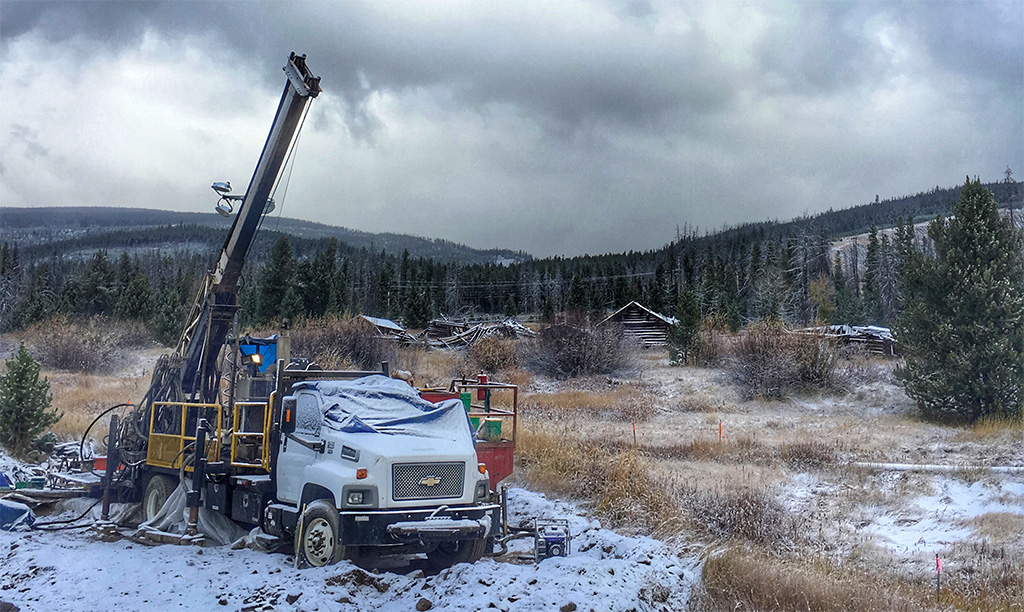Revival Gold tables Beartrack-Arnett PEA with heap leach restart scenario



Revival Gold has released a preliminary economic assessment on a restart of its flagship Beartrack-Arnett project in Idaho, which suggests a 12,000 t/d first-phase heap leach operation for the brownfields site.
The study scenario includes an initial seven-year mine, producing an average of 72,000 gold oz. annually at all-in sustaining costs of US$1,057 per oz. of gold. With a pre-production capital cost estimate of US$100 million and life-of-mine sustaining capital pegged at US$61 million, the after-tax net present value estimate for this project comes in at US$88 million, at a 5% discount rate and based on US$1,550 per oz. gold, with a 25% internal rate of return.
According to Hugh Agro, Revival’s president and CEO, the PEA suggests a low-capital intensity restart opportunity.
“This PEA supports Revival Gold’s plans to resume meaningful heap leach gold production from Beartrack-Arnett with low re-start capital and robust economics,” Agro said in a release. “Beartrack-Arnett ranks as one of the largest independently-owned undeveloped gold deposits in the United States.”
He added that since Beartrack-Arnett is a past-producing site, the property includes existing baseline environmental data and infrastructure, which should help expedite the permitting process. Over the next two years, the company plans to continue with its exploration efforts across the project, to expand the resource base while also advancing the first-phase heap leach project towards a production decision.
Agro added that Revival also intends to “evaluate the potential for a second phase sulphide milling project so that we might fully realize the inherent value of all the gold resources identified at Beartrack-Arnett to-date.”
In the PEA, only oxide and partially oxidized mineralization was included in the mine plan – this represents less than a third of the available mineralized material.
The early-stage study has defined additional opportunities to improve the project economics. These feature additional exploration drilling –to expand the heap leach and millable resources – as well as additional technical studies on the segregation of transition and sulphide material on the leach pads for potential future reprocessing in a mill.
The PEA follow-up recommendations include moving on to a prefeasibility study for the heap leach development, in addition to completing a PEA on a mill development option at the site.
Resources across Beartrack-Arnett total 36.4 million indicated tonnes, at 1.16 g/t gold, containing 1.4 million oz. gold, and 47.2 million inferred tonnes, at 1.08 g/t gold, for a further 1.6 million ounces. This includes heap leach resources of 14.2 million indicated tonnes, grading 0.58 g/t gold, for 264,000 oz. gold. Inferred resources add 18.3 million heap-leachable tonnes to the company’s inventory, at 0.54 g/t gold, for a further 316,000 oz. gold.
The 54-sq.-km Beartrack-Arnett project includes a past-producing heap leach operation on the Beartrack portion of the property, which, between 1994 and 2000, generated approximately 600,000 oz. of gold.
For more information, visit www.Revival-Gold.com.
Comments